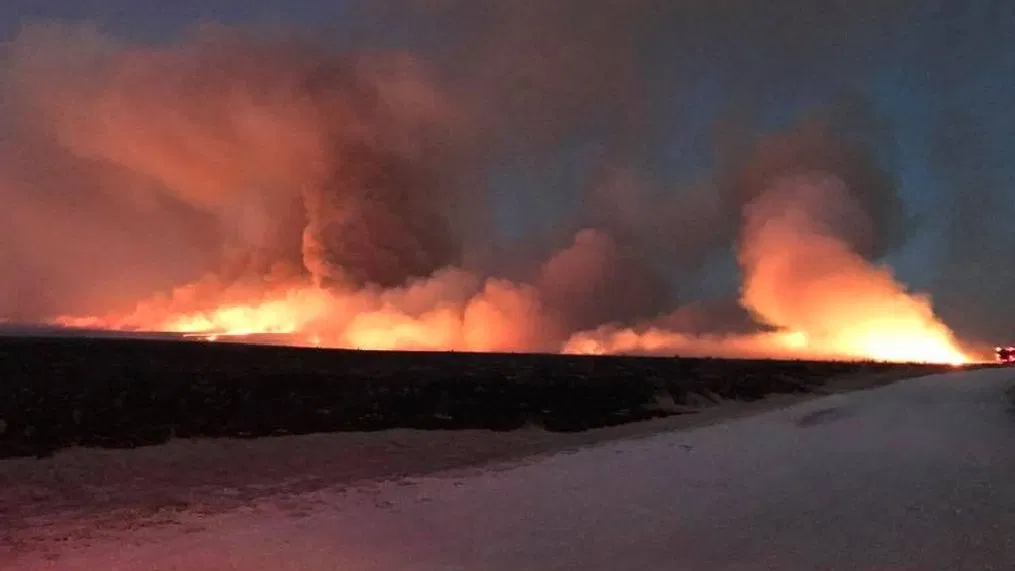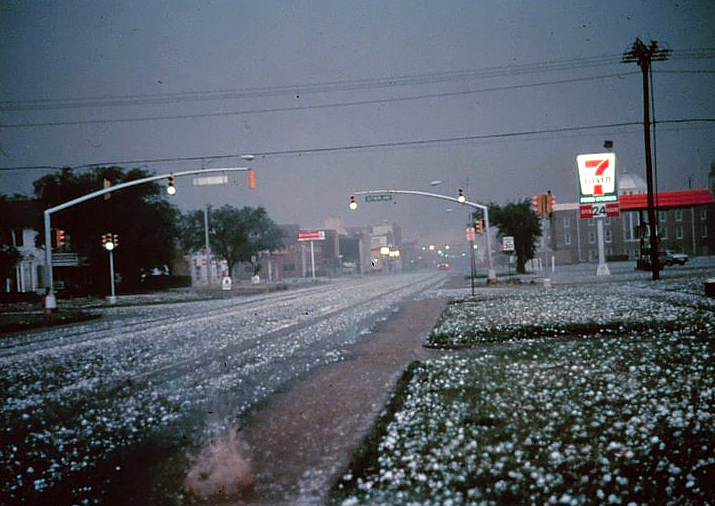
The devastating wildfires that swept across the Texas Panhandle on March 6, 2024, were not merely a result of chance; they were the culmination of a complex interplay of meteorological factors that created a tinderbox ready to ignite. Understanding these specific elements is crucial to grasping the severity and rapid spread of the fires.
- Critically Dry Conditions: The winter months leading up to March 2024 were exceptionally dry across the Texas Panhandle. Rainfall deficits accumulated, leaving the vegetation parched and highly susceptible to burning. The dry fuels, primarily consisting of grasses and shrubs, provided ample fuel for the fires to spread rapidly.
- Dryline Dynamics: On March 6th, a dryline, a boundary separating moist air from dry air, pushed eastward across the Panhandle. This dryline passage resulted in a sharp decrease in humidity levels, creating an environment conducive to fire ignition and spread. The dry air mass also contributed to increased wind speeds, further exacerbating fire behavior.
- Wind as the Driving Force: Strong winds played a crucial role in the rapid spread of the wildfires. Sustained wind speeds of 50 mph with gusts exceeding 70 mph were observed across the region. These winds fanned the flames, carrying embers long distances and igniting new spot fires ahead of the main fire front. The wind direction also influenced the fire’s movement, pushing it across the landscape and threatening communities in its path.
- Atmospheric Instability: The combination of dry air, strong winds, and daytime heating created an unstable atmosphere. This instability enhanced the development of fire-induced convective columns, essentially updrafts of hot air and smoke that can reach thousands of feet into the atmosphere. These convective columns can generate their own weather, including strong winds and lightning, further contributing to the fire’s erratic behavior and spread.
- Limited Moisture Relief: While there were some isolated rain showers in the region on March 6th, they were insufficient to provide any meaningful moisture relief. The rain was quickly evaporated by the dry air and strong winds, leaving the dry fuels readily available for combustion.

The confluence of these specific meteorological factors created a perfect storm for wildfire development and rapid spread in the Texas Panhandle. The dry fuels, low humidity, strong winds, atmospheric instability, and lack of moisture relief all contributed to the severity of the wildfires, making them a significant challenge for firefighters and emergency responders.
- Over 800,000 acres burned: The wildfires consumed an area exceeding 800,000 acres, an expanse larger than the state of Rhode Island. The Perryton Fire, the largest of the blazes, alone accounted for over 315,000 acres. This makes it one of the largest wildfire events in Texas history, highlighting the severity and scale of the disaster.
- Structures engulfed in flames: While the exact number of structures destroyed remains under assessment, initial estimates suggest that hundreds of homes, barns, outbuildings, and other structures were lost to the fires. In Gray County alone, 70 homes were confirmed destroyed, displacing families and leaving them with the daunting task of rebuilding their lives.
- Livestock losses in the thousands: The wildfires inflicted a heavy toll on the region’s ranching community. Thousands of cattle perished in the flames, representing a significant financial loss for ranchers and a disruption to the agricultural industry. The loss of grazing land further compounded the challenges faced by ranchers, as they struggled to find ways to sustain their remaining herds.
- Air quality plummets: The thick smoke plumes generated by the wildfires blanketed the region, leading to hazardous air quality conditions. Particulate matter levels soared, posing respiratory risks to residents, particularly those with pre-existing conditions. Schools and businesses were forced to close, and outdoor activities were restricted due to the poor air quality.
- Ecological impact: A long road to recovery: The wildfires not only destroyed homes and property but also left a lasting impact on the region’s ecosystem. Native vegetation was decimated, wildlife habitats were disrupted, and the risk of soil erosion increased. The recovery of these ecosystems will take years, if not decades, and requires careful management and restoration efforts.
Specific Examples of the Devastation:

- Perryton Fire: The largest of the wildfires, scorching over 315,000 acres and destroying numerous homes and structures in and around the town of Perryton.

- Gray County Fires: Multiple fires burned across Gray County, resulting in the destruction of at least 70 homes and extensive damage to ranchland.

- Swisher County Fires: The fires in Swisher County impacted a significant area, causing damage to agricultural operations and rural properties.

